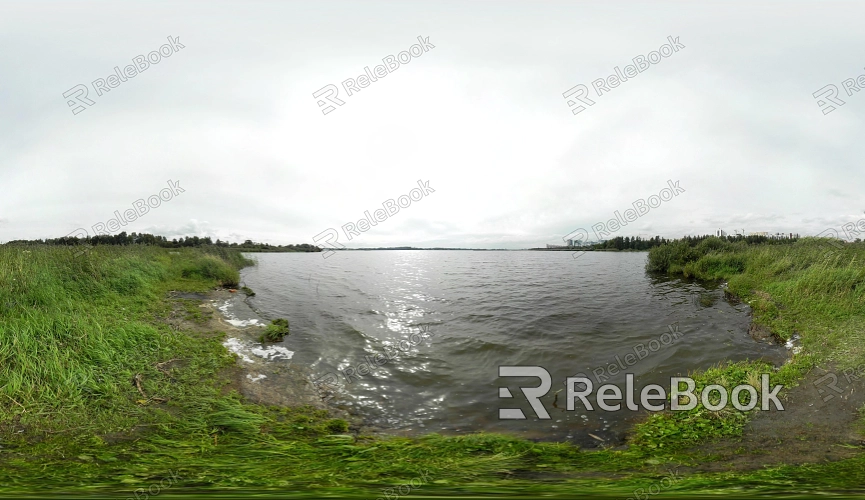What Types of Depth Textures Are Supported in Unity for 3D HDR
Depth textures play a crucial role not only in object occlusion but also in influencing lighting and post-processing effects. In engines like Unity, these textures provide developers with the tools necessary to create realistic visual experiences. Common applications include game development, virtual reality, and architectural visualization, all of which rely on accurate depth information to enhance immersion and authenticity. This article will explore the types of depth textures supported in Unity and their applications in 3D HDR projects, offering practical insights.

Standard Depth Textures
Unity supports standard depth textures that store the distance information from the camera to each pixel, typically saved in a 32-bit floating-point format. This type of depth texture is ideal for high-precision rendering and depth testing, capable of meeting the demands of complex scenes.
16-Bit Floating-Point Depth Textures
To optimize performance, Unity also supports 16-bit floating-point depth textures. This format uses less memory while storing depth information, making it a great choice for scenes that do not require extreme precision. Utilizing 16-bit floating-point depth textures can significantly enhance rendering efficiency in such scenarios.
Depth Maps
Unity allows the use of depth maps, which are two-dimensional images generated from rendered scenes containing depth information. Depth maps can be employed in post-processing effects like depth of field and blur, enhancing the realism of rendered images.
Custom Depth Textures
Developers have the option to create custom depth textures tailored to specific project requirements. By utilizing Shader programming, designers can achieve specialized depth effects. Custom depth textures are particularly effective for handling unique lighting or shadow effects, providing greater flexibility.
Multi-Camera Depth Textures
In multi-camera setups, Unity permits each camera to independently generate depth textures. This allows each camera to have distinct depth information, thereby avoiding depth conflicts. Careful configuration of each camera's depth settings is necessary to ensure accurate final rendering results.
Dynamic Depth Textures
Unity also supports dynamic depth textures, which can be updated in real-time during rendering to reflect changes in the scene. Dynamic depth textures are vital for real-time lighting and shadow effects, significantly enhancing the overall realism of the scene.

Applications of Depth Textures in Post-Processing
Depth textures can be integrated with various post-processing effects, such as depth of field, shadows, and lighting effects. By accessing depth information, designers can create more natural visual effects. The application of depth textures within Unity's post-processing stack can help enhance the depth of the image, improving the viewer's experience.
Performance and Optimization
When utilizing different types of depth textures, developers need to be mindful of performance issues. Simplified depth formats can considerably reduce memory usage and increase rendering efficiency. In cases where high-precision depth information is unnecessary, wisely selecting the type of depth texture can effectively optimize the project's performance.
Through this exploration, we've gained insights into the various types of depth textures supported by Unity and their applications in 3D HDR projects. This knowledge will assist designers in optimizing the visual quality of their projects. Whether in game development, architectural visualization, or virtual reality applications, the thoughtful use of depth textures can significantly enhance visual experiences.
If you're seeking high-quality HDR image resources, 3D textures, or models to create captivating scenes, Relebook offers a rich selection to help you achieve outstanding visual results in your projects.

